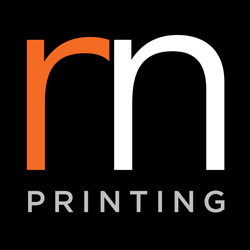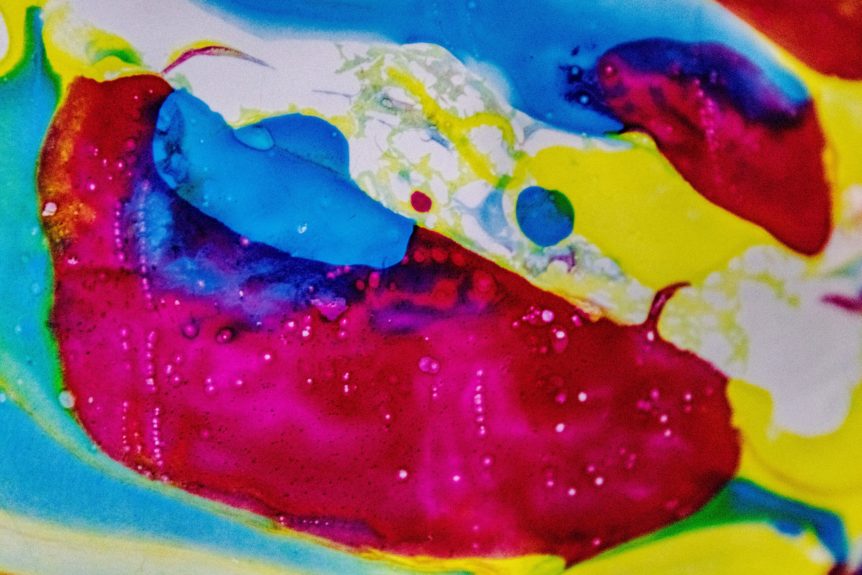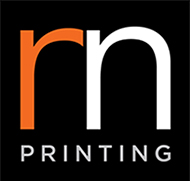Nowadays, everything – from your bathroom tiles to your son’s homework – are printed for leisure or important reasons. From the wrappers and the book covers, the variety and quality of printing is important to uphold the level of professionalism and the brand’s identity. But before you can think of printing your own product brand, you need to know the different printing styles.
What is Stochastic?
Stochastic screening makes an illusion of highlights and shadows with small spots placed on random areas. These spots create more on shadows rather than highlights – it’s designed for spots to be placed randomly to create a smoother and cleaner image compared to its counterpart. The smaller the size of the spots means it creates a continuous tone of the image and stays true to the details of the image.
What is Conventional Offset?
This is one of the oldest printing style that is still used until today. Conventional offset screening actually creates an illusion of highlights and shadows through uniformed spaced dots and larger dots – it’s so large that you can see it if you look at it closely. It’s programmed to have larger dots for shadows and smaller ones for highlights of the image. Since it’s uniformly spaced and the size of the dots itself, it creates a rougher image and simply not that ideal for branding.
Benefits of using Stochastic:
- Stochastic uses CMYK (Cyan, Magenta, Yellow, and Black) simulations and makes the image have lesser ‘noise’ and lesser printing patterns.
- It’s a greener alternative since it uses less ink when you print, even with a smooth finish.
- It’s more photo-realistic and stays true to the image printed – ideal if you are releasing your products and branding to the public.
- Finer and is more friendly for curved outlines compared to its alternative – no ‘stairs’ on the corner that would ruin the image.



 1300 483 455
1300 483 455 0418 260 940
0418 260 940 132 Marsden St, Parramatta
132 Marsden St, Parramatta




